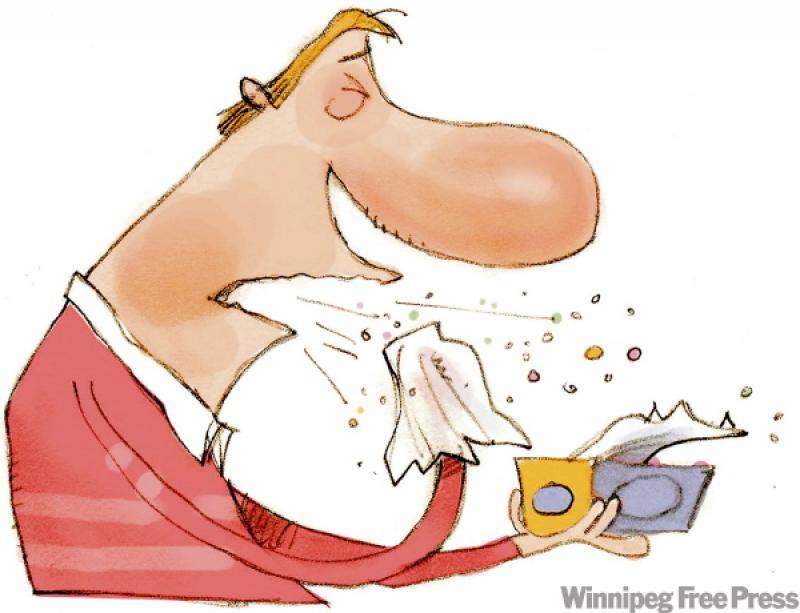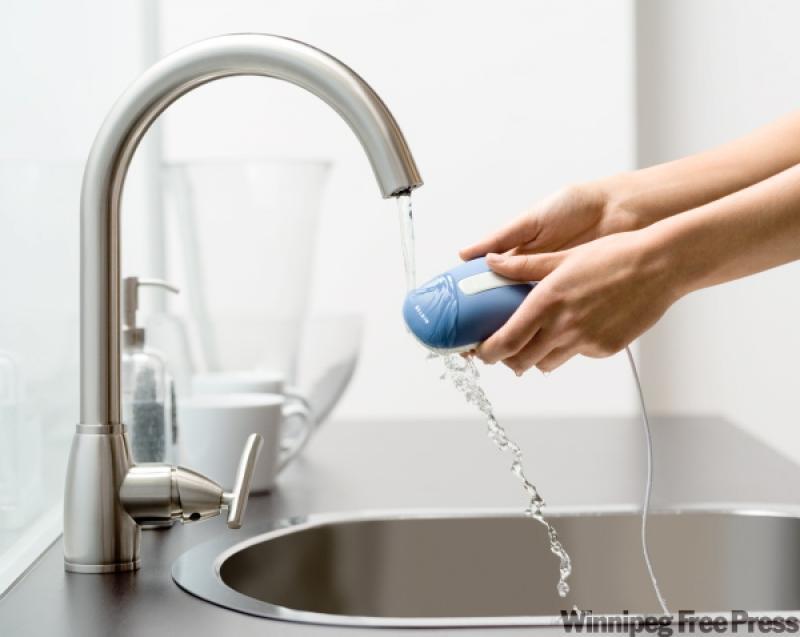
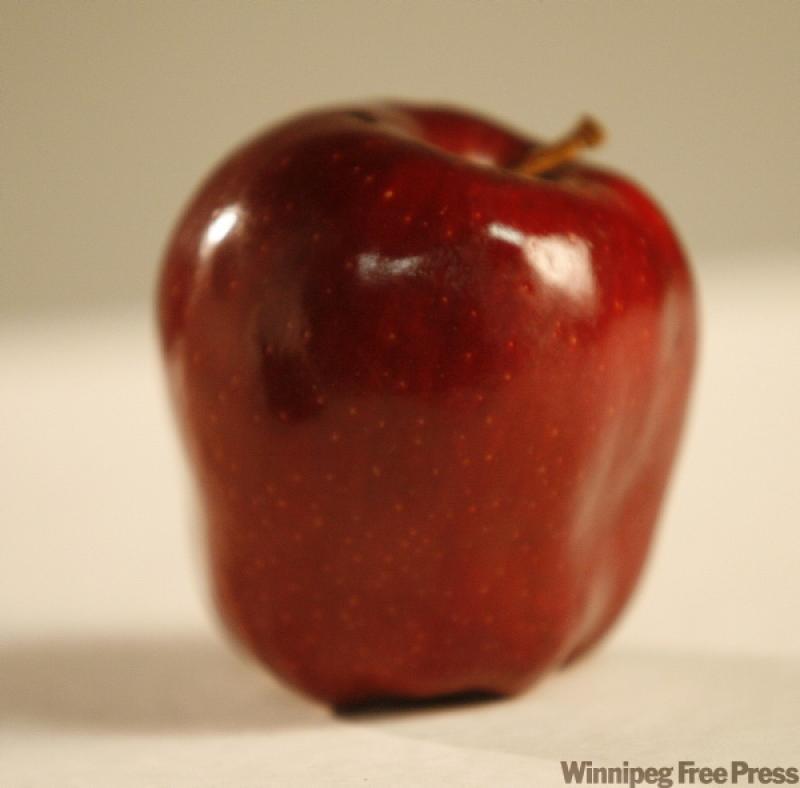

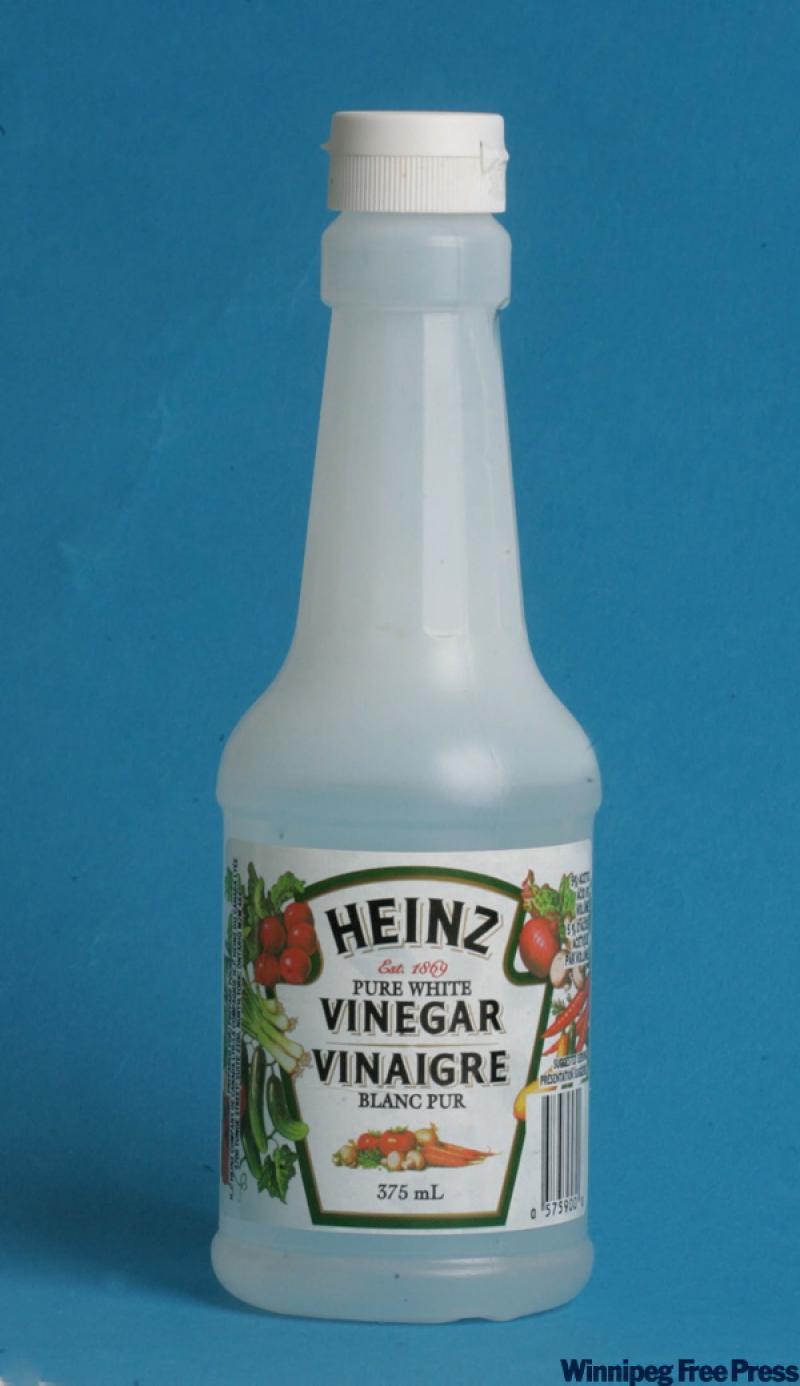
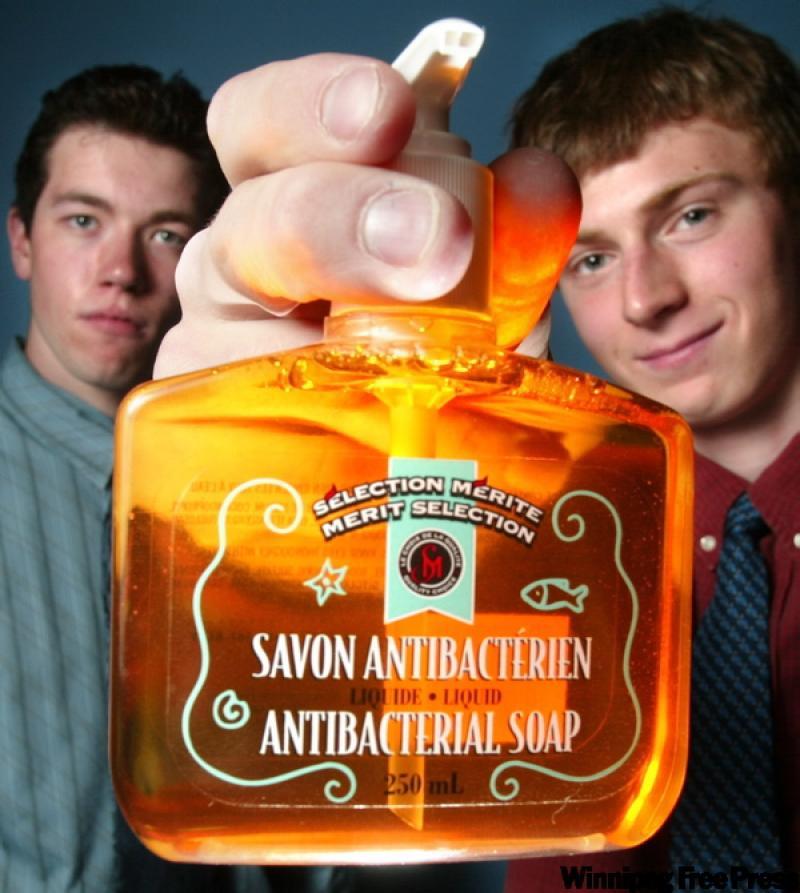
Today, more and more cleaning products are advertised as exceptionally effective, while requiring very little elbow grease. Just aim, gently pull the trigger, and that’s it — the soap scum, mould and germs disappear.
But many people don’t realize cleaners often contain dangerous, toxic, man-made chemicals and pesticides. Whatever happened to the cleaners of the past — vinegar, baking soda and olive oil?
Take this true/false quiz!
1. The No. 1 way germs get passed is through improper hygiene.
ANSWER: Sick of hearing it, but it’s TRUE. Wash your hands thoroughly before cooking, after touching raw meat, fish or chicken, and especially after visiting the bathroom. Most food-borne illnesses are related to improper hand-washing after going to the bathroom. If hand-washing facilities are not available, wet napkins or sanitizers will reduce the germs on your hands, but won’t eliminate them.
2. The best way to prevent food poisoning is to eat many, many unwashed apples.
ANSWER: FALSE. Raw meat and poultry, eggs, fish and unwashed fruit and vegetables can all carry germs. Thoroughly cooking food and performing scrupulous kitchen cleanup are the primary ways to prevent food poisoning.
3. Toilet seats contain more germs than anywhere else in the home.
ANSWER: FALSE. According to studies done by the University of Arizona, the following objects are the biggest collectors and spreaders of germs: telephones (especially cellphones), desktop surfaces, keyboards, mice, fax machines, photocopiers and toilet seats, in that order.
Cellphones are worse than desk phones because they’re often kept in pockets where it’s nice and warm — just what germs need to breed fast. Since germs are passed from our hands as we touch things and, since we continually touch the phone, cellphone, keyboard, mouse and tops of our desks, we continually move the germs from one place to another.
Did you know: According to recent studies, cellphones have 400 times more germs than toilets?
4. Cutting boards need to be kept clean.
ANSWER: Please tell me you said TRUE. We don’t need to go overboard on cleaning the entire house, but cutting boards, if not sanitized properly, may pose a problem. Cutting boards can harbour harmful bacteria in cracks and knife grooves, particularly after cutting meat or poultry.
A good procedure for disinfecting both wood and plastic cutting boards, as well as other surfaces and utensils, is to spray them first with a mist of vinegar, then with a mist of hydrogen peroxide. This combo kills bacteria on meat, without hurting the food.
Experiments have shown that although vinegar is effective as a cleaner, it will not kill as many bacteria as toxic products on the market. However, vinegar still does a great job on toilet seats and countertops, without leaving harmful residues.
5. Germs are found mainly in the homes of people who never clean.
ANSWER: FALSE. Germs are found all over the world, in all kinds of places. There are four major types of germs: bacteria, viruses, fungi and protozoa. They can invade plants, animals and people, and sometimes they make us sick.
6. It’s always best to purchase anti-bacterial kitchen products, such as cutting boards.
ANSWER: FALSE. Beware! Last year, the Environmental Protection Agency (EPA) ordered two companies to stop selling cutting boards that carried labels claiming they prevented the growth of food-poisoning organisms, including salmonella and E. coli, and reduced the danger of bacterial contamination. These cutting boards had been treated with a pesticide that protects products from odour-causing bacteria, but this agent has not been shown to be effective against organisms that can cause disease.
7. People who use strong, toxic chemical cleaners to sanitize their homes are preventing themselves from ever getting sick.
ANSWER: FALSE. Remember the two words germs fear most: soap and water. I can’t stress it enough! Washing your hands well is the best way to beat these tiny warriors. Wash your hands every time you cough or sneeze, before you eat or prepare foods, after you use the bathroom, after you touch animals and pets, after you play outside, and after you visit a sick relative or friend. Use tissues for your sneezes but don’t just throw tissues on the floor to pick up later. Toss them in the trash and, again, wash your hands!
Note: Even if a person chooses to use strong toxic chemicals to clean their homes and hands, how long would it take before germs are again present? Seconds. We aren’t meant to live in a completely sterilized environment; in most circumstances, people need germs to fight germs.
8. Combining chemicals can be dangerous.
ANSWER: TRUE! Most household cleaners contain toxic chemicals. Ammonia is in many of them and is lethal if combined with bleach (forming chloramine).
9. Life would be better without bacteria.
ANSWER: FALSE. No, no, no! Many large companies would love everyone to think this is true, but ridding ourselves of bacteria is a hopeless endeavour. Bacteria outnumber human cells in your body 10-to-1 — and this is a good thing.
10. All bacteria are harmful.
ANSWER: FALSE. Bacteria are one-celled organisms visible only with a microscope. They’re so small that if you lined up a thousand of them end-to-end, they could fit across the end of a pencil eraser. But not all bacteria are harmful. In fact, less than one per cent cause disease, and some bacteria that live in your body are actually good for you. For instance, Lactobacillus acidophilus — a harmless bacterium that resides in your intestines — helps you digest food, destroys some disease-causing organisms and provides nutrients to your body.
11. Triclosan is the answer to a cleaner life.
ANSWER: You be the judge. Over the last two decades, antibacterial products have swarmed the marketplace, showing up in hundreds of different products from soaps and toothpastes to clothes, kitchenware and toys. In fact, a study done in 2000 found more than 75 per cent of liquid soaps and nearly 30 per cent of bar soaps — 45 per cent of all the soaps on the market — contain some type of antibacterial agent. The most common active ingredient was Triclosan.
A study of more than 200 healthy households found those using antibacterial products did not have any reduced risk for runny noses, coughs and other symptoms of infectious diseases. According to the American Medical Association, “Despite their recent proliferation in consumer products, the use of antimicrobial agents such as Triclosan in consumer products has not been studied extensively. No data exists to support their efficacy when used in such products or any need for them.”
12. Life would be better if everyone used antibacterial soap all of the time.
ANSWER: FALSE. Numerous studies show antibacterial soap is no more effective than ordinary soap in cleaning your hands. Either kind lifts off germ-laden dirt. But antibacterial soap kills helpful bacteria on the skin, freeing up valuable real estate so harmful bacteria can move in later.
13. Every cleaner on the market is thoroughly tested and appropriately labelled for safety.
ANSWER: FALSE. Companies are protected by an old law known as “Trade Secrets”. The law does not require companies to list all the ingredients of a product on Material Safety Data Sheets. They’re only required to list ingredients with acute and chronic health hazards. Chemicals are tested for their individual health effects, but few have ever been tested for their combined health effects. And few chemicals have ever been tested for their health effects on women and children.
14. Household cleaners are safe — it’s not like they can penetrate skin.
ANSWER: FALSE. Human skin is remarkably porous and will absorb many substances it touches into the bloodstream. We also ingest cleaner chemicals when we use these products or touch residues left on surfaces and then eat or put our hands to our mouths. Food itself is easily contaminated by cleaners or air fresheners used in the kitchen. Cleaner vapours and tiny droplets suspended by sprays are invariably inhaled.
15. According to the EPA, indoor pollution is no more polluted then outdoor.
ANSWER: FALSE. According to the EPA, indoor air is two to five times more contaminated than outdoor air. Not only do toxic chemicals pollute the air we breathe inside, they leach onto our countertops, floors, carpets, bathtubs, sinks and walls.
Note: Like cleaners, air fresheners are not regulated by the federal government and, once again, companies are not required to list ingredients on their labels. Consumers should be wary of all air fresheners, even those that claim to be “all-natural.” NRDC and other groups are petitioning the EPA and the U.S. Consumer Product Safety Commission to do more comprehensive testing and take action to protect the public from dangerous chemicals in air fresheners.
I enjoy your questions and tips. Keep them coming!
Reena Nerbas is the author of the national bestselling Household Solutions series. Her website is www.householdsolutions.org. You can contact her at Box 429, Blumenort, Man., ROA 0C0.

